Growing Public and Private Funding
The influx of public and private funding is a crucial driver for the induced pluripotent-stem-cells market. Governments in the GCC are increasingly recognizing the potential of stem cell research to address pressing health challenges. As a result, funding initiatives aimed at supporting research and development in this field are on the rise. For instance, the total funding for stem cell research in the region has seen an increase of approximately 30% over the past few years. This financial support not only facilitates advanced research but also encourages collaboration between academic institutions and private enterprises. Such partnerships are likely to enhance the commercialization of induced pluripotent-stem-cell technologies, thereby expanding their application in clinical settings. The sustained investment in this area is expected to bolster the market's growth trajectory in the coming years.
Advancements in Stem Cell Technologies
Technological advancements in stem cell research are significantly influencing the induced pluripotent-stem-cells market. Innovations in gene editing, such as CRISPR-Cas9, have enhanced the ability to manipulate stem cells, leading to more effective therapies. In the GCC, research institutions are increasingly adopting these technologies, which could potentially streamline the production and application of induced pluripotent-stem-cells. The market is expected to witness a compound annual growth rate (CAGR) of around 15% over the next five years, driven by these technological breakthroughs. Moreover, the integration of artificial intelligence in stem cell research is likely to optimize the identification of suitable cell lines, thereby accelerating the development of new treatments. This convergence of technology and biology is anticipated to create a fertile ground for the growth of the induced pluripotent-stem-cells market.
Rising Awareness of Stem Cell Therapies
The increasing awareness of stem cell therapies among healthcare professionals and patients is significantly impacting the induced pluripotent-stem-cells market. Educational initiatives and outreach programs in the GCC are helping to disseminate information about the benefits and potential of stem cell treatments. This heightened awareness is likely to lead to greater acceptance and demand for induced pluripotent-stem-cell therapies in clinical practice. Surveys indicate that approximately 60% of healthcare providers in the region are now more informed about the applications of stem cells in regenerative medicine. As patients become more knowledgeable about their treatment options, the market for induced pluripotent-stem-cells is expected to expand. This trend may also encourage healthcare systems to integrate these therapies into standard treatment protocols, further driving market growth.
Regulatory Support for Stem Cell Research
Regulatory support for stem cell research is emerging as a vital driver for the induced pluripotent-stem-cells market. In the GCC, regulatory bodies are increasingly establishing frameworks that facilitate the ethical and safe use of stem cells in research and clinical applications. This supportive environment is likely to encourage more research initiatives and clinical trials involving induced pluripotent-stem-cells. Recent policy changes have streamlined the approval processes for stem cell therapies, potentially reducing the time required to bring new treatments to market. As a result, the induced pluripotent-stem-cells market may experience accelerated growth, with more innovative therapies becoming available to patients. The proactive stance of regulatory agencies in the region is expected to foster a climate of innovation and collaboration, further enhancing the market's prospects.
Increasing Demand for Regenerative Medicine
The rising demand for regenerative medicine is a pivotal driver for the induced pluripotent stem cells market. As healthcare systems in the GCC region evolve, there is a growing emphasis on innovative therapies that can restore or replace damaged tissues and organs. This trend is underscored by the increasing prevalence of chronic diseases, which necessitate advanced treatment options. The market for regenerative medicine is projected to reach approximately $20 billion by 2026, indicating a robust growth trajectory. This surge in demand is likely to propel investments in induced pluripotent-stem-cell research and applications, thereby enhancing the overall market landscape. Furthermore, the potential of these cells to differentiate into various cell types positions them as a cornerstone in the development of personalized medicine, further driving their adoption in clinical settings.


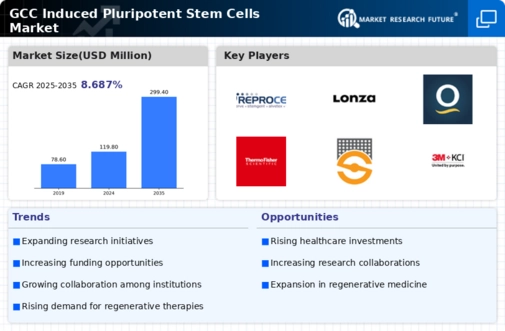
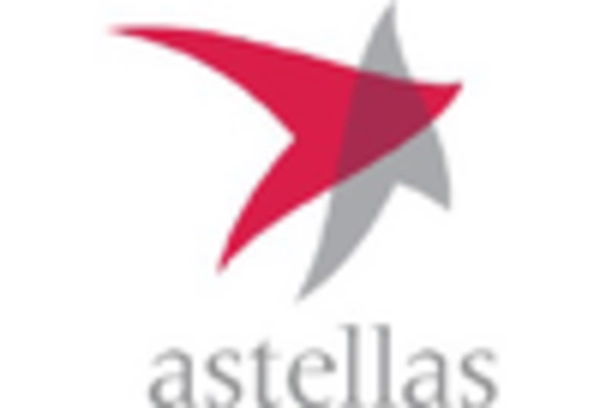
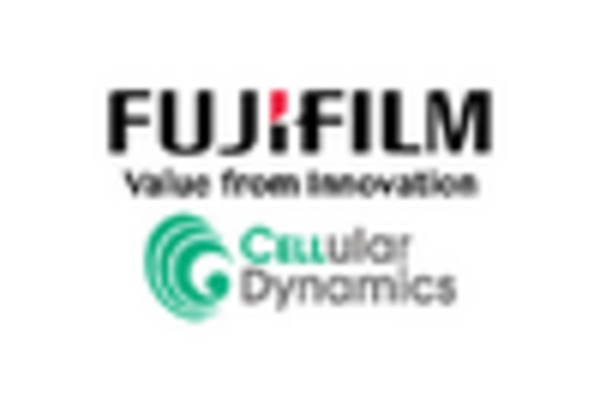
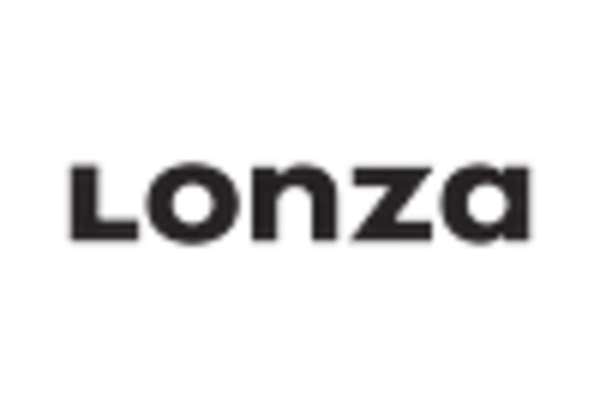
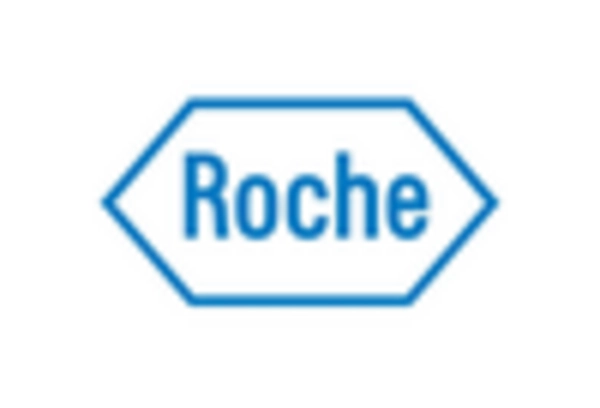
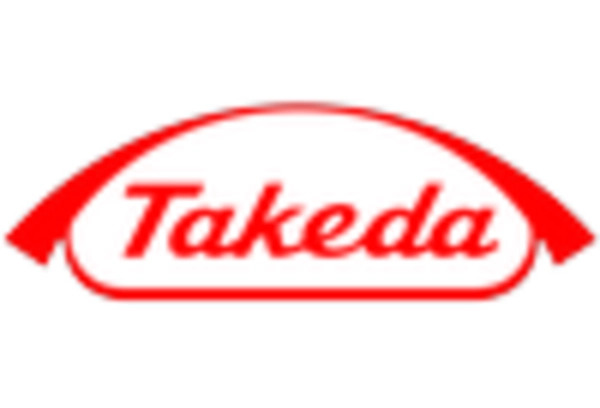
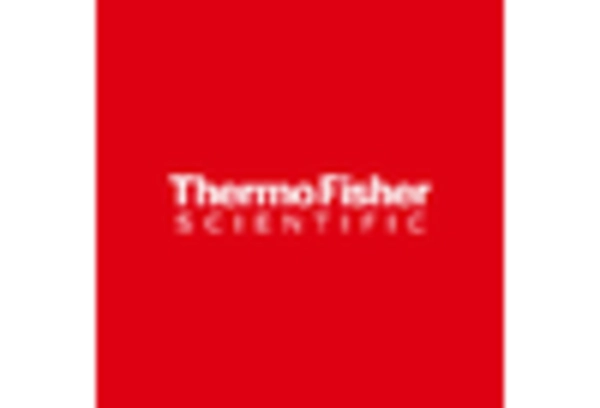








Leave a Comment